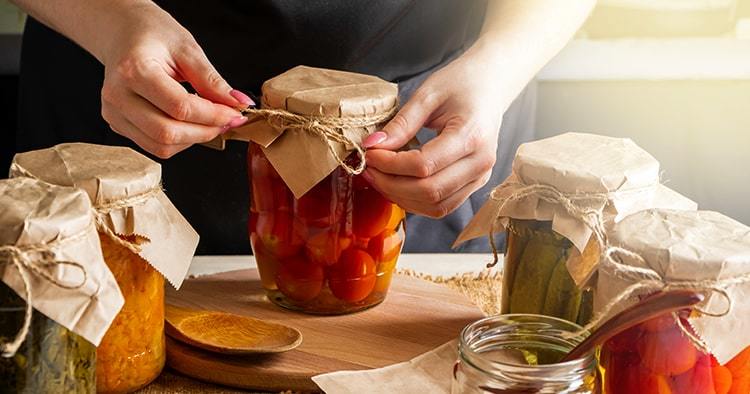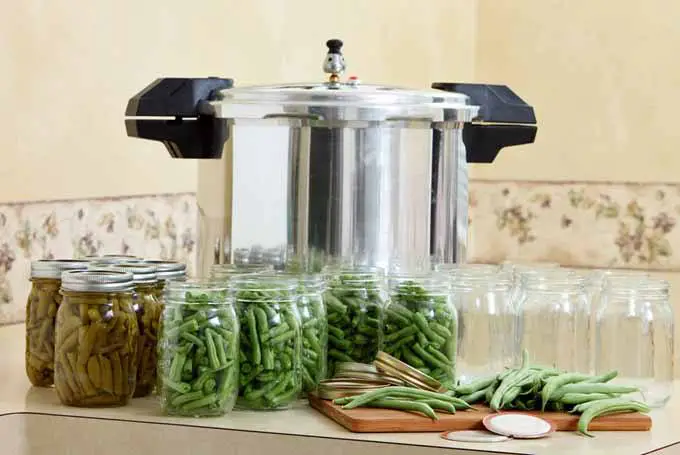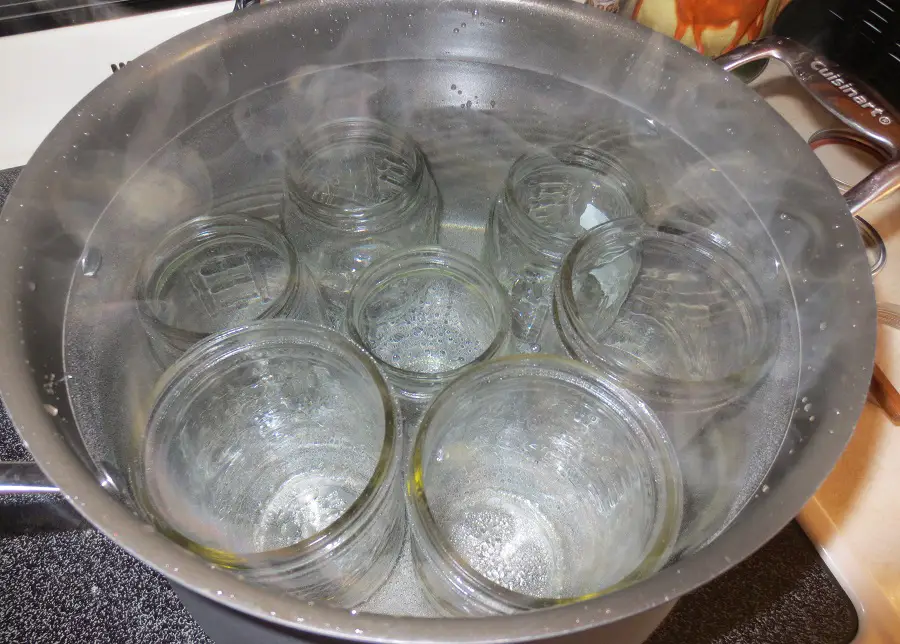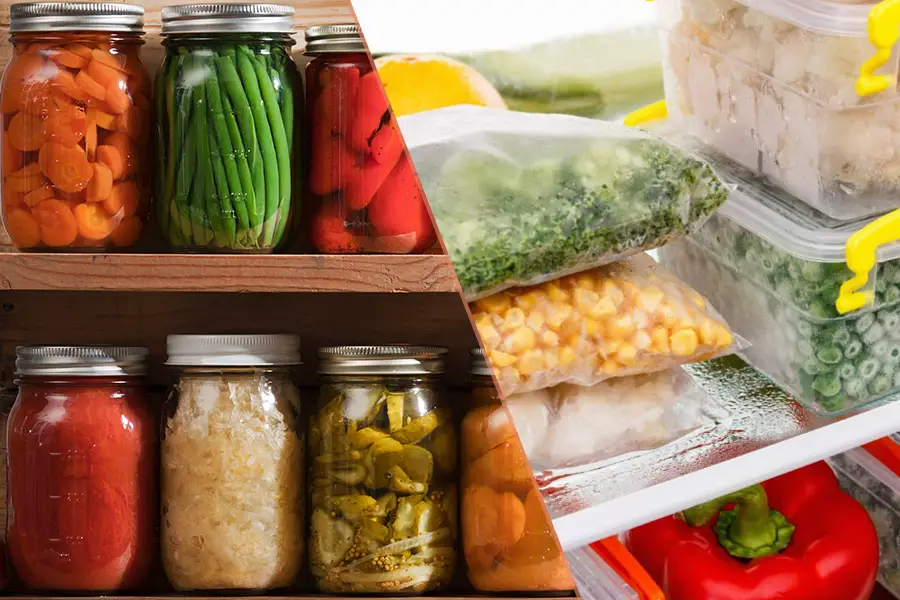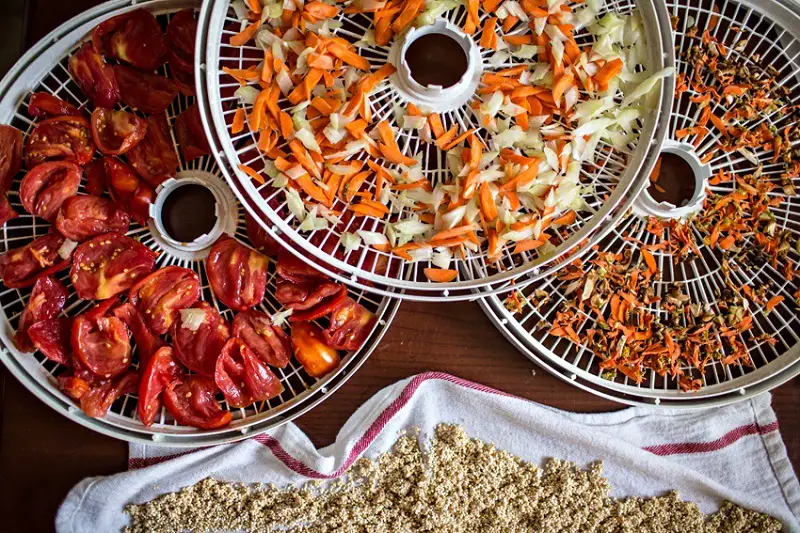When I was a kid, my parents had a huge garden. They spent lots of time canning tomatoes, making jellies and jams, and preserving all of the wonderful produce. They each learned their techniques from their parents and them from their parents. Canning is a wonderful way to pass on vital life skills, but outdated canning methods can put all of your hard work at risk. For the most part, canning hasn’t changed much over the years, but there are some improvements in terms of technique and safety.
To Boil or Not to Boil the Lids
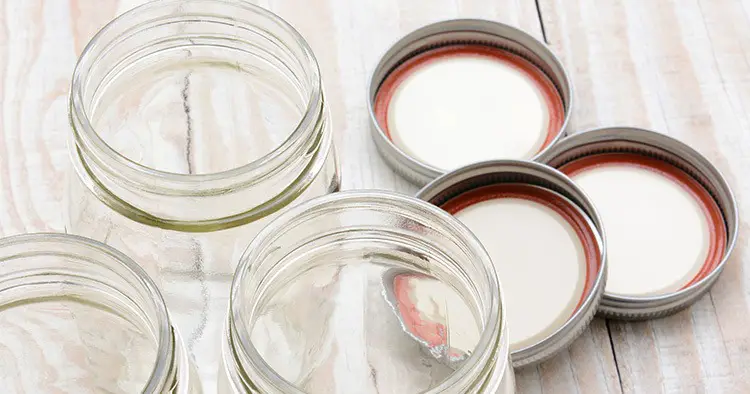
My canning techniques include preparing the lids by boiling them to soften the rubber gasket. This creates a fool-proof seal on the jars. While this is fine as long as you don’t overheat them, this is a step that you can probably skip.
Overheating can cause the rubber material to thin out too much to create a good seal. This comes from Ball Corporation, the company that makes the Ball canning jars. The seal will form during the canning process as long as the lids are washed, and the jar lip is wiped clean of any food materials.
Sterilizing Jars
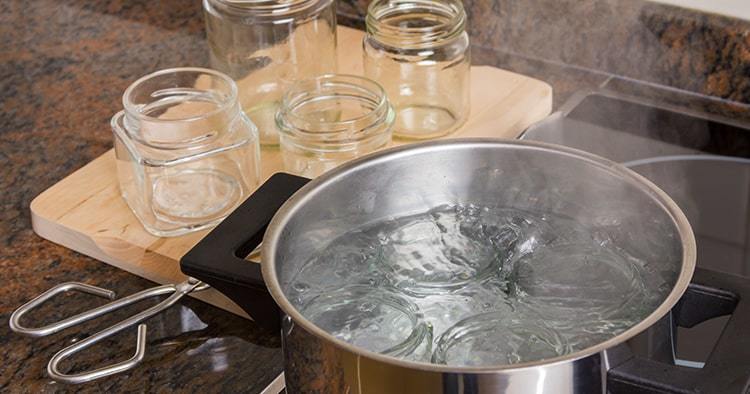
There are several ways to sterilize jars. Your parents or grandparents might have boiled them in a large pot of water, but there are alternatives. You can sterilize jars in the oven or put them in the dishwasher and hold them on the warm cycle. The only requirement is that your jars should be clean and warm. Placing hot liquids in cold jars is a recipe for disaster.
Proper Pots
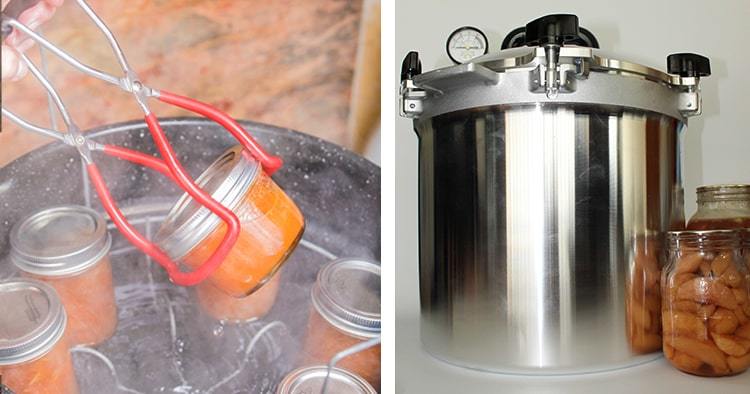
Pressure canning requires a pressure canner, which is not the same as a pressure cooker. There are many differences between a pressure cooker and a pressure canner, so make sure the pot you buy specifically says “canner”.
Water bath canning typically uses a big black speckled pot with a wire rack. These work great but can be inefficient when canning small batches or using small jars as the water takes a long time to come to a boil. A larger pot with a silicone trivet on the bottom will work just fine.
The steam canner is an imperfect method that has not been tested enough to determine proper processing times. It’s best to stick with pressure canning or water-bath canning techniques.
Using Paraffin Wax to Seal Jelly Jars

My mother made jellies and jams from raspberries, blueberries, strawberries, and other fruits. Her method of sealing jellies and jams was to pour a layer of paraffin wax over the hot product. Paraffin wax is a white or colorless soft, solid wax made from saturated hydrocarbons. After the paraffin made a wax seal, she would put the lids on and place them in the pantry.
While we never had spoilage, there are some concerns with this practice. Even though it is considered safe by the FDA, many question the use of petroleum products near any kind of food. If hot wax gets on your skin, you may experience severe burns. This method is not meant for long-term storage, although most of the time your food will be just fine. With all of the hard work, it is recommended that you use a pressure canner or water bath method to can jelly.
Turning Cans Upside Down to Seal
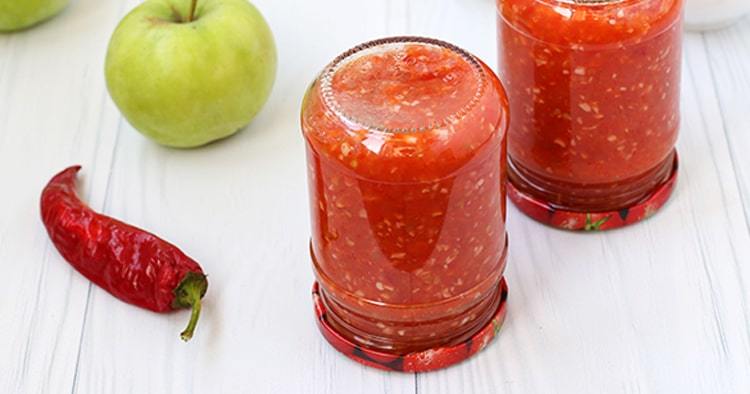
Some outdated canning methods, especially in other countries, recommend “Upside Down Sealing”. In this method, you place the hot contents in the sterile jars, wipe the rims, and put on the lids and rings. Instead of placing the jars in the water bath or pressure canner, the method says to flip the jars upside down. The seal is formed as the contents and jars cool. Even if the seal forms correctly, you are skipping the extra precautions to kill bacteria, and there is no guarantee of safe long-term storage.
Canning in the Oven is an Outdated Canning Method
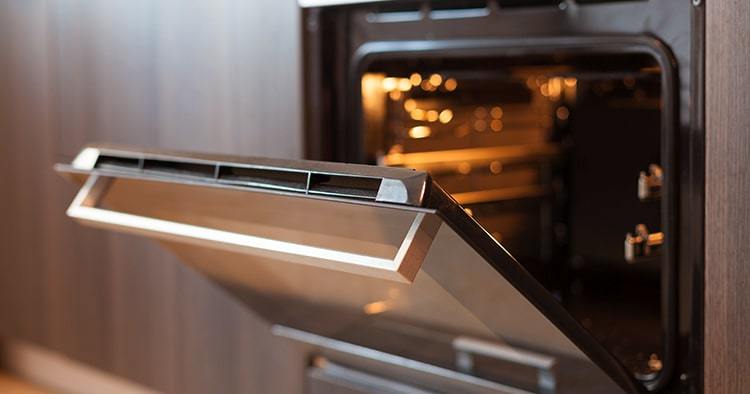
This older method can be dangerous as the jars can explode. This practice has been strongly discouraged since the 1940’s. The mason jars designed for canning are not meant to be baked in the oven. Think of cooking brownies in the oven. The pan heats up, a crust forms on the top of the brownie, and the middle gets done last. With oven canning, the jar heats first, then the food near the outside of the can. Eventually the heat makes its way to the center. By this time, the heat is putting a lot of stress on the jars.
Additionally, ovens cannot sustain the steady heat required to process foods. Finally, your oven creates a dry heat versus a wet heat. The heat needs to penetrate the canning jars. Being submerged in water is the perfect way to allow this to happen. Oven canning is just not worth the risk.
Using the Hot Water Bath for Everything
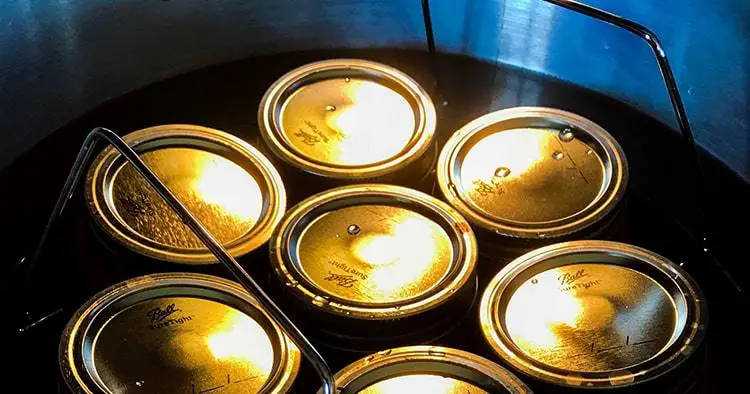
While there are many foods that you can process using a water bath canner, there are some foods that you absolutely need to can using a pressure canner (meats, for example). This is either due to the amount of acidity in the food, or because a water bath canner can’t reach and sustain the temperatures needed to safely preserve foods.
This is especially true if you live at high altitude where you should use this pressure canning altitude chart. PH levels of 4.5 or lower are completely safe during water bath canning. Higher than that, you’d best break out the pressure canner. Your canning manual or canning cookbooks will generally have a chart that shows which when to use a pressure canner vs water-bath canning.
New Recommendations for Tomato Canning
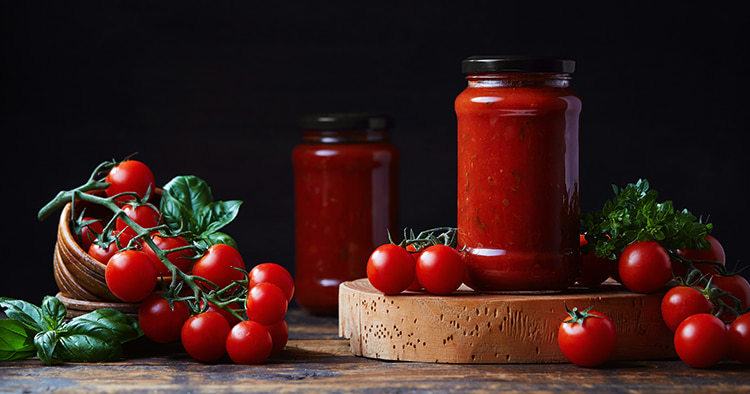
Tomatoes are unique when it comes to canning and this is due to their acidity. Over the years, tomato varieties grown have resulted in a higher pH (between 4.95 and 5.08). As mentioned, safe practices for canning call for a pH of 4.6 or lower to kill harmful bacteria. Adding lemon juice or citric acid will help lower that pH to ideal levels.
If you follow older recipes with outdated canning methods, they will not tell you this. It’s recommended that you just stick to modern canning recipes. At the very least, add a teaspoon of lemon juice to every quart of tomatoes or salsa to be safe.
Using Untested Recipes with Outdated Canning Methods
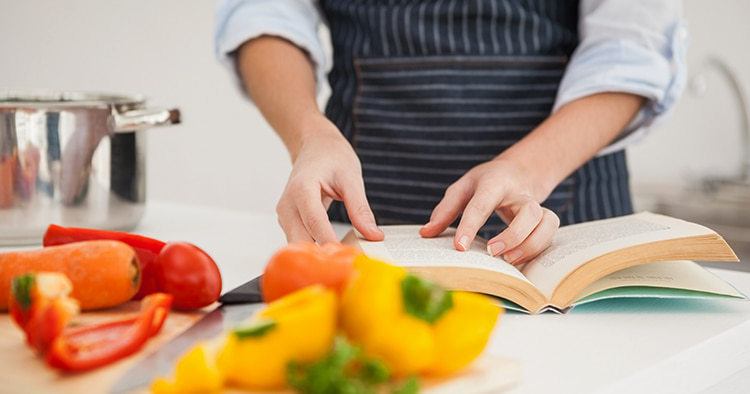
When canning, choose a reliable source of information. Celebrities and bloggers might take shortcuts and fail to mention safe methods. Your pressure canner probably came with a manual that has the recommended times for processing as well as recipes.
The companies that make the mason jars appropriate for canning are great sources for reliable techniques. Most of the recipes in the classic Ball Canning Recipe Book from 20 years ago may be just fine, but it’s better to use a more modern recipe as innovations and studies might have resulted in updated methods.
Leaving Rings on When Storing Jars in the Pantry
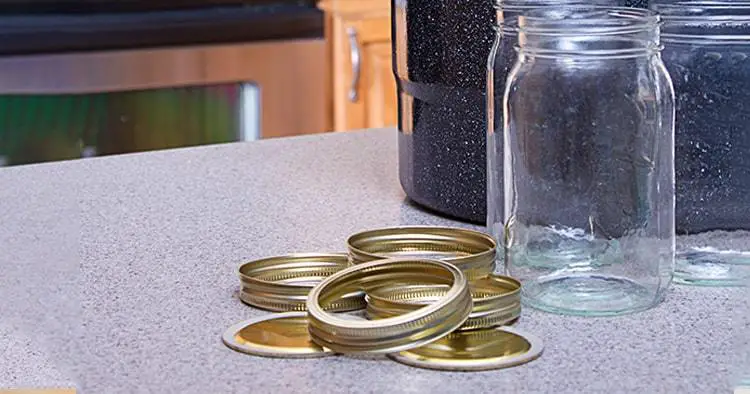
The purpose of rings is to keep the lid on during the processing time. Once the jars are cool and you are ready to store them in the pantry, you should take the rings off. This will let you to see if a jar has a defective seal, as the jar lid will lift over time. If the ring is holding it on, you won’t notice that lift.
Rings also sometimes rust, so taking them off and storing them in a cool, dry place will ensure that you won’t need to replace the rings for a long time. Keeping the rings on after the jars have cooled is just something nice to look at. It doesn’t serve any other positive purpose.
Be Safe and Avoid Outdated Canning Methods
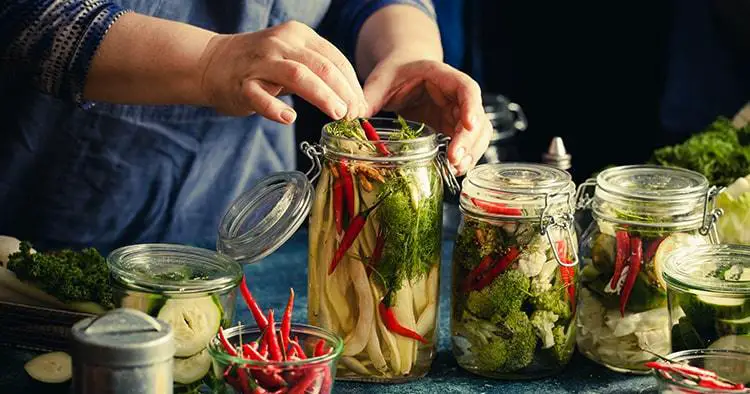
Canning, like anything else, has changed over the years. The methods your grandmother used may not be wise techniques today. Studies have made canning safer and preservation methods longer. Using outdated canning methods puts your health at risk and may cost you time and effort.
